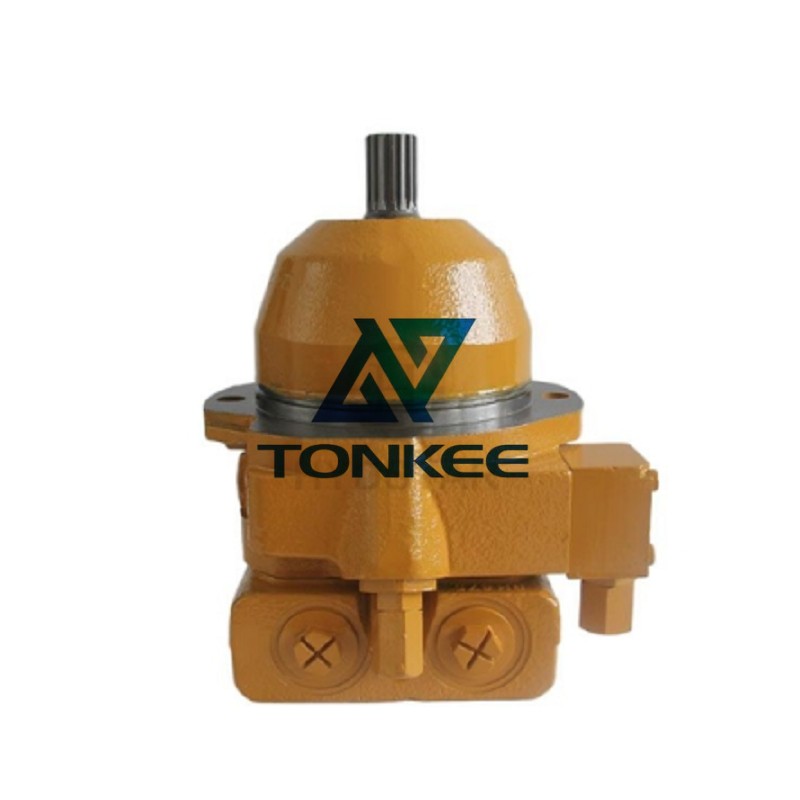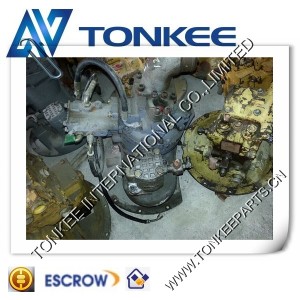
Hydraulic piston motors are typically constructed with high-strength materials to withstand the rigors of industrial use.
They consist of several essential components, including a housing, a drive shaft, pistons, a distributor valve, and ports for hydraulic fluid inlet and outlet. The housing encases all internal components, providing structural integrity and protection. The drive shaft connects the motor to the load that it drives, transferring rotational motion. The pistons are key components responsible for converting hydraulic pressure into mechanical motion. The distributor valve controls the flow of hydraulic fluid to the pistons, enabling precise control of the motor's speed and direction.
Working Principles:
The operation of a hydraulic piston motor is based on Pascal's law, which states that a change in pressure applied to an enclosed fluid is transmitted undiminished in all directions. In the case of a hydraulic piston motor, hydraulic fluid is pressurized and delivered to the distributor valve. The valve distributes this high-pressure fluid to the pistons in a sequential manner. As the fluid enters one piston chamber, it pushes the piston, creating a rotational force on the drive shaft. This process is repeated continuously, driving the shaft and providing a continuous output of rotational mechanical power. The motor's direction and speed are controlled by adjusting the flow and pressure of the hydraulic fluid.
Performance Parameters:
Displacement: This parameter indicates the volume of hydraulic fluid displaced by the motor per revolution.
It is typically measured in cubic inches or milliliters.
Speed: The rotational speed of a hydraulic piston motor is determined by the flow rate and pressure of the hydraulic fluid. Motors can be designed for high-speed or low-speed applications.
Torque: Torque is the rotational force produced by the motor and is directly proportional to the pressure of the hydraulic fluid. Motors can be tailored for high-torque or low-torque applications.
Efficiency: Efficiency is a crucial performance metric, indicating how effectively the motor converts hydraulic power into mechanical power. Higher efficiency motors are desirable as they waste less energy in the form of heat.
Direction Control: Hydraulic piston motors can be designed to operate in both directions, allowing for bidirectional rotational motion.
Size and Weight: These factors are essential in determining the motor's suitability for specific applications. Smaller, lighter motors are preferred when space and weight constraints are critical.



 English
English Русский язык
Русский язык




